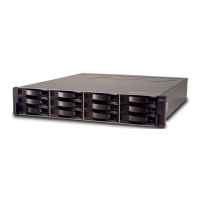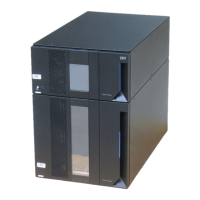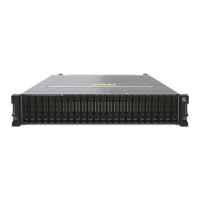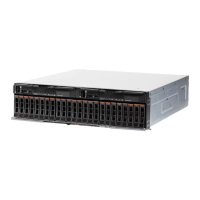Figure 7 shows how the battery unit slides into the battery backup slot in controller
A.
The backup battery unit provides power to back up the cache memory of each
controller onto flash drives in the event of a power failure. Each battery unit
contains a sealed, rechargeable SMART lithium ion battery. The battery unit
contains enough charge to back up the cached data in each controller to a flash
drive in the event of a power failure.
When the unit is powered on the first time or whenever the battery is replaced, the
battery chargers will charge the battery to the programmed level. Then, the
controller will start a battery learning cycle to determine whether the battery current
capacity is sufficient. Data caching starts after the battery is charged to the
programmed level. During the battery learn cycle, cache will be active if the battery
is in good condition. If the battery fails the learn cycle, it is marked as failed. The
battery learning cycle lasts up to three hours. After the first battery learn cycle, the
controller will perform a learn cycle every 8 weeks to re-calibrate the
battery-charging level.
The battery unit is hot-swappable. You can remove the battery unit for servicing and
then reinsert it while the DS5020 continues to perform I/O operations. However,
write I/O caching is disabled when the battery is in a failed state or removed from
the controller chassis. Replace the failed battery as soon as possible to minimize
the time that the write IO caching is disabled.
Pull handle
Latch
Controller A
backup battery unit
Controller B
backup battery unit
Figure 7. Backup battery unit
Chapter 1. Introduction 17
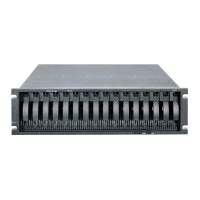
